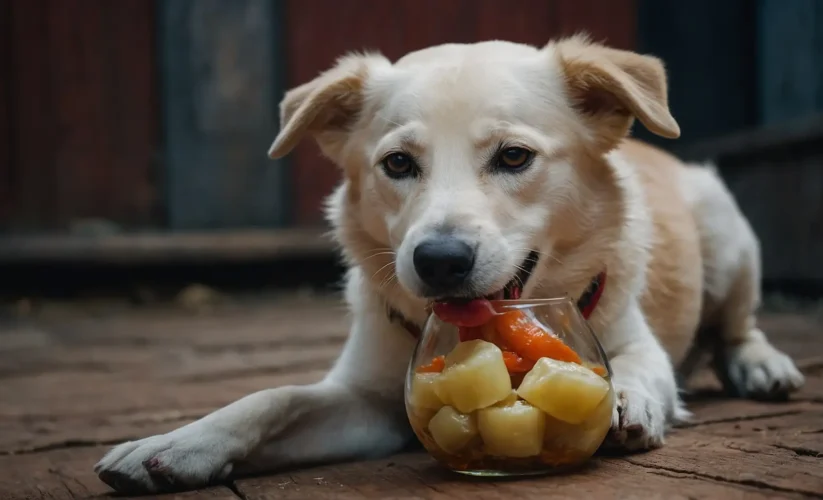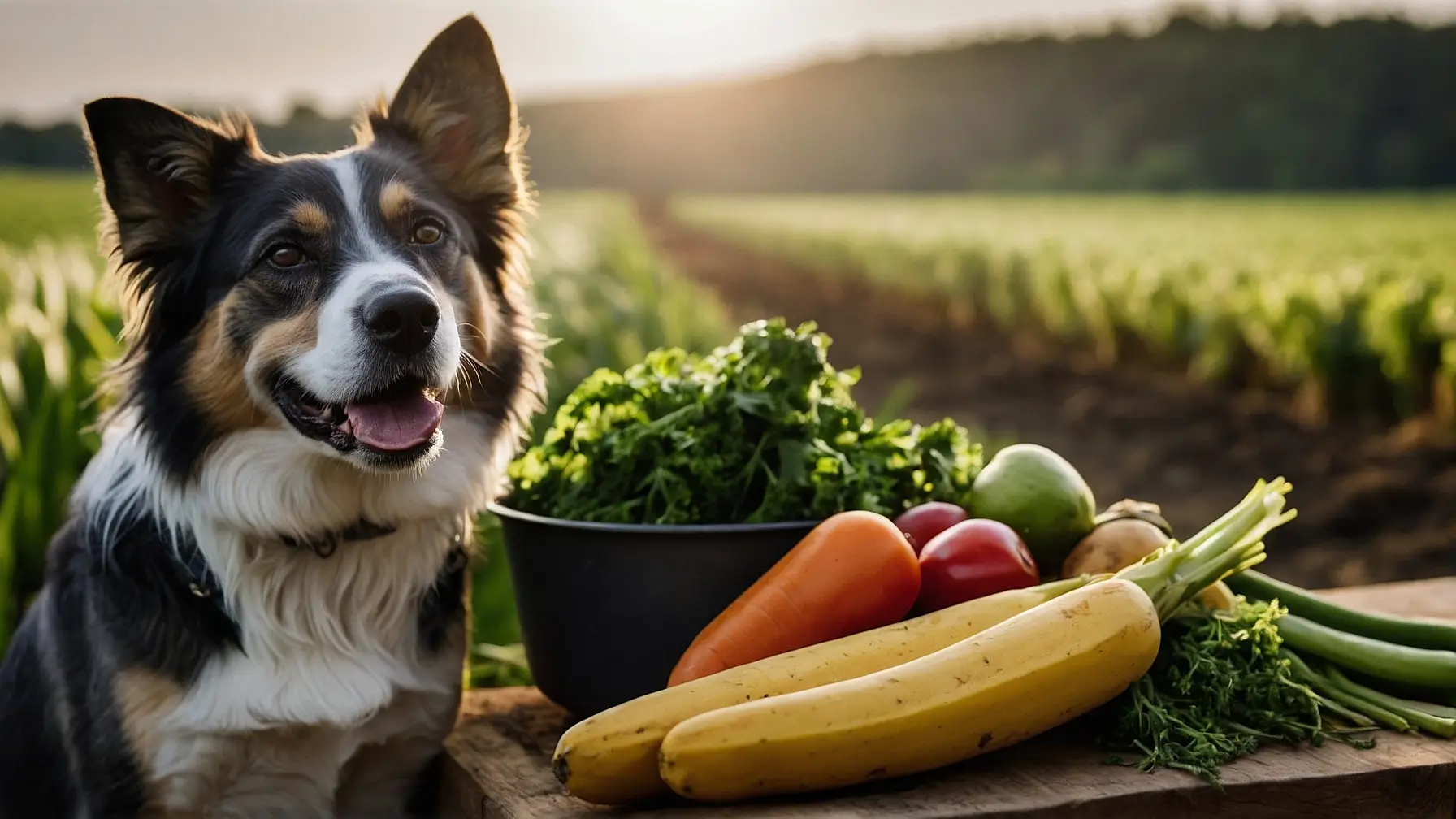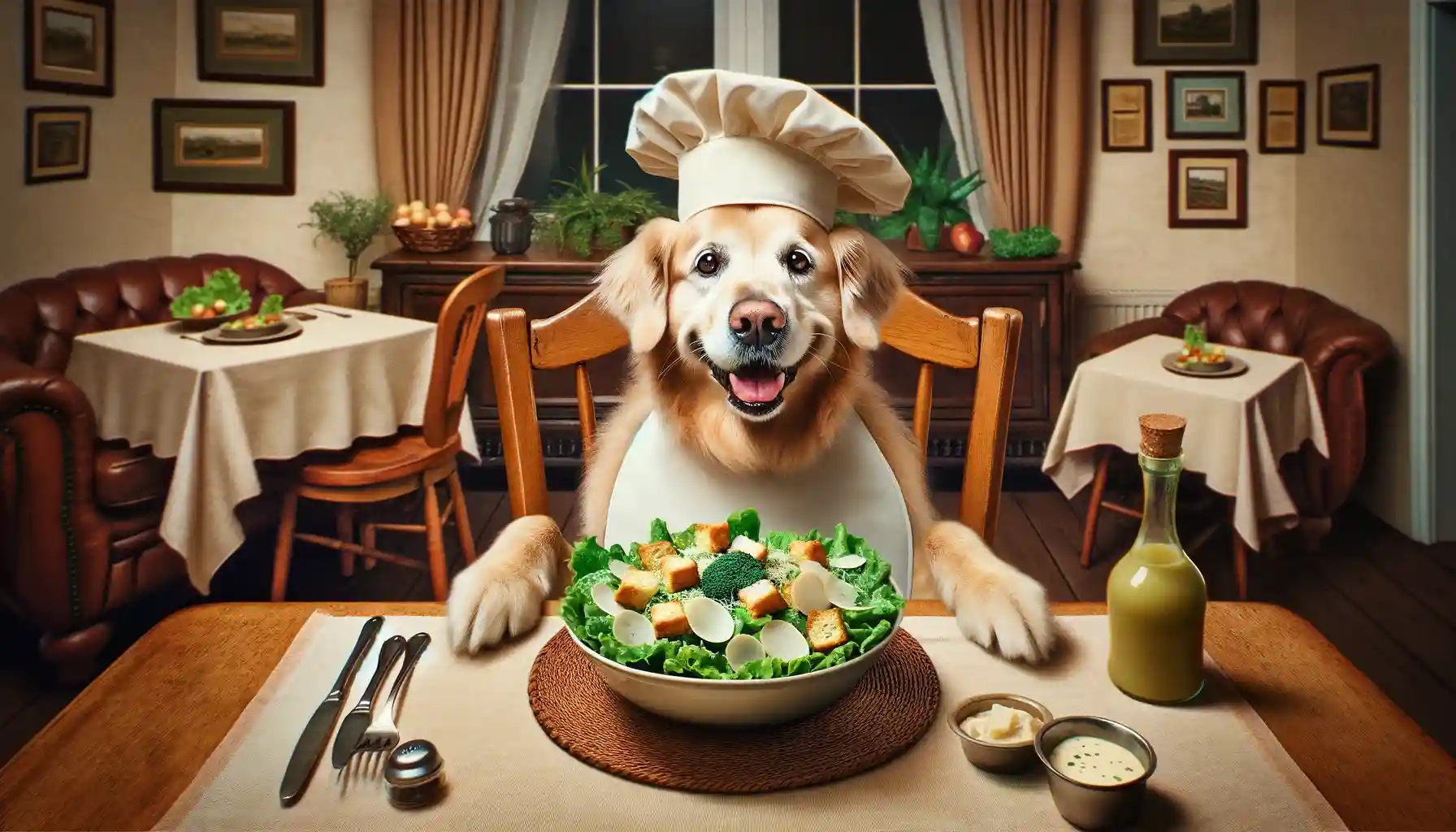Can Dogs Eat microgreens?

In the ever-expanding world of pet care, dog owners continuously seek out new and nutritious additions to their furry friends’ diets. Among the myriad of options, microgreens have emerged as a topic of interest. These tiny plants, harvested just after the first leaves have developed, are packed with nutrients and have become a popular health food for humans. But the question arises, “Can Dogs Eat microgreens?” This query is more than just about whether dogs can physically consume these leafy greens; it delves into the nutritional benefits and potential risks associated with feeding microgreens to dogs. As a dedicated dog owner and experienced blogger, I’ve navigated through the vast information landscape to bring you a comprehensive guide on this subject. We’ll explore the benefits and drawbacks of incorporating microgreens into your dog’s diet, along with a look at other safe dietary options for dogs.
Is Microgreens Good for Dogs?
Microgreens, the young seedlings of vegetables and herbs, are celebrated for their high concentrations of vitamins, minerals, and antioxidants. The question, “Can Dogs Eat microgreens?” leads us into an exploration of their potential benefits for our canine companions. Firstly, microgreens are a low-calorie food source, which can be an excellent addition to the diet of dogs needing weight management. They contain essential nutrients such as Vitamin C, Vitamin E, and beta-carotene, which can support a dog’s immune system, skin health, and vision.
Moreover, the high levels of antioxidants found in microgreens can aid in combating oxidative stress, potentially reducing the risk of chronic diseases in dogs. Certain microgreens, such as those from broccoli, contain compounds that may have anti-inflammatory properties, beneficial for dogs with arthritis or other inflammatory conditions. Incorporating microgreens into a dog’s diet could also aid digestion due to their fiber content, promoting gut health and regular bowel movements.
However, it’s essential to introduce microgreens to your dog’s diet gradually to monitor their reaction. Not all dogs will find microgreens palatable, and the high fiber content can cause digestive upset in some cases. Ensuring that the microgreens are clean and free from pesticides is crucial, as dogs are particularly sensitive to these chemicals.
Is Microgreens Bad for Dogs?
While the nutritional benefits of microgreens for dogs are evident, it’s also important to consider potential downsides. One of the primary concerns when asking, “Can Dogs Eat microgreens?” is the risk of gastrointestinal upset. Dogs not accustomed to digesting large amounts of fiber may experience diarrhea, bloating, or gas when first introduced to microgreens. Additionally, the high concentration of certain nutrients in microgreens, while generally beneficial, can lead to nutrient imbalances if fed in excessive amounts, particularly if the dog’s diet isn’t well-rounded.

There’s also the risk of toxicity from certain plants. For instance, microgreens from the Allium family (e.g., onions, garlic) are toxic to dogs and can lead to hemolytic anemia if ingested in significant amounts. Therefore, dog owners must be selective about the types of microgreens they offer their pets.
Another consideration is the source of the microgreens. Conventionally grown microgreens may be treated with pesticides and other chemicals that can be harmful to dogs. Organic microgreens are a safer choice, but they can be more expensive, making them a less accessible option for some pet owners.
Are Other Safe For Dogs?
Expanding our dietary exploration beyond the question of “Can Dogs Eat microgreens?” it’s beneficial to consider other safe and nutritious foods for dogs. Various fruits and vegetables can complement a dog’s diet, offering additional nutrients and variety. For instance, carrots, apples (without seeds), blueberries, and pumpkin are excellent, dog-safe options that provide vitamins, fiber, and antioxidants.
Lean proteins, such as chicken, turkey, and fish, are also crucial for a dog’s diet, offering essential amino acids that support muscle development and repair. Whole grains like brown rice and quinoa can provide dogs with energy and fiber, promoting digestive health. However, it’s important to introduce any new foods gradually and in moderation to avoid digestive upset and ensure that these additions do not displace the core components of a balanced dog diet.
Final Thoughts
In conclusion, the inquiry “Can Dogs Eat microgreens?” opens the door to a nuanced discussion about the role of this superfood in a canine diet. Microgreens offer a range of health benefits, including essential nutrients and antioxidants, that can complement a dog’s nutritional needs. However, caution is advised due to potential digestive issues and the risk of toxicity from certain plants. It’s always recommended to consult with a veterinarian before introducing new foods into your dog’s diet to ensure they are suitable and safe.
Beyond microgreens, a variety of dog-safe fruits, vegetables, lean proteins, and whole grains can enrich a dog’s diet, contributing to their overall health and well-being. The key to a nutritious and balanced diet for dogs lies in diversity and moderation, ensuring they receive all necessary nutrients without overindulgence. As we strive to provide the best care for our canine companions, understanding the complexities of their dietary needs is paramount.










